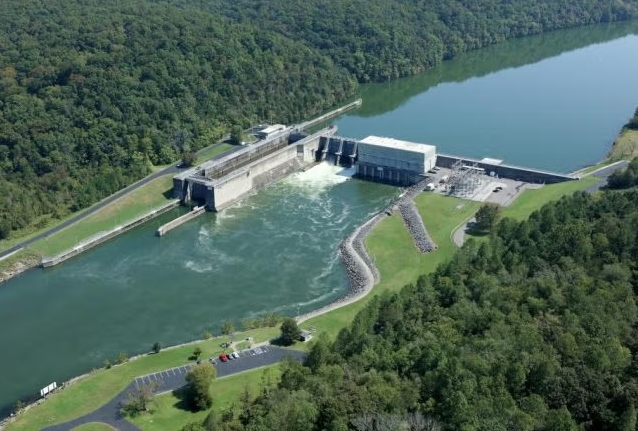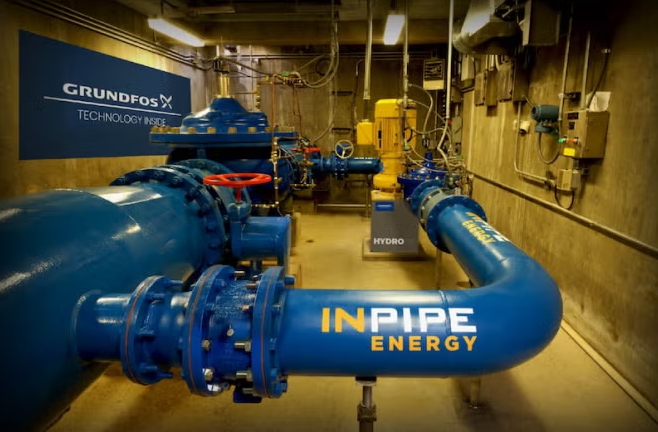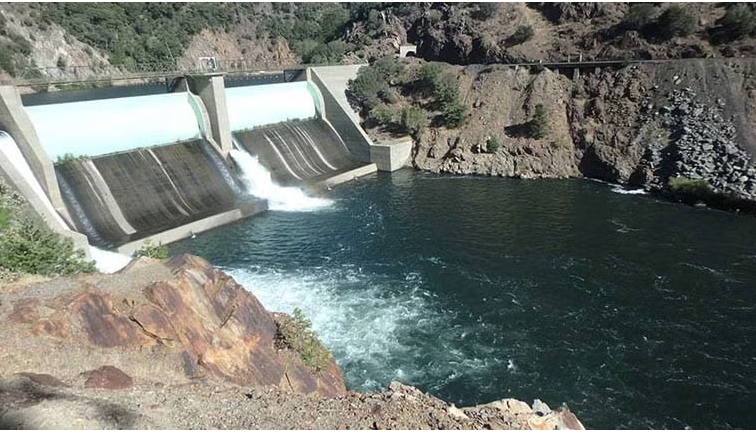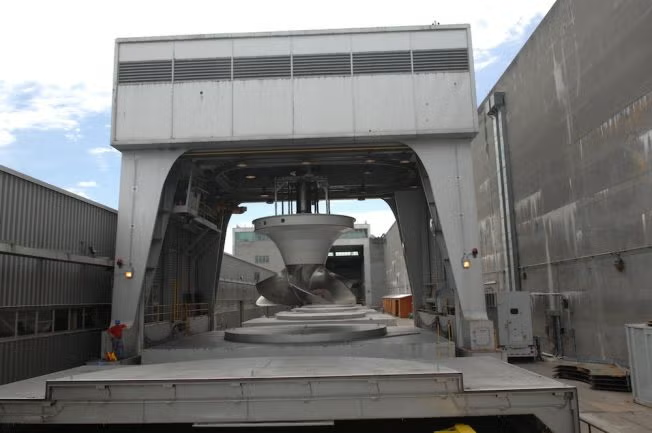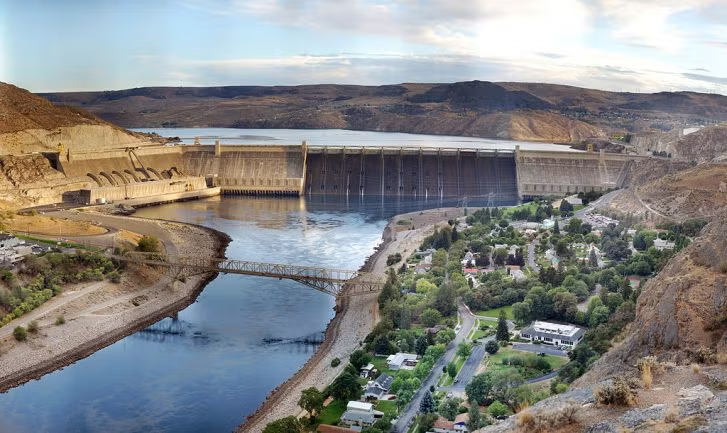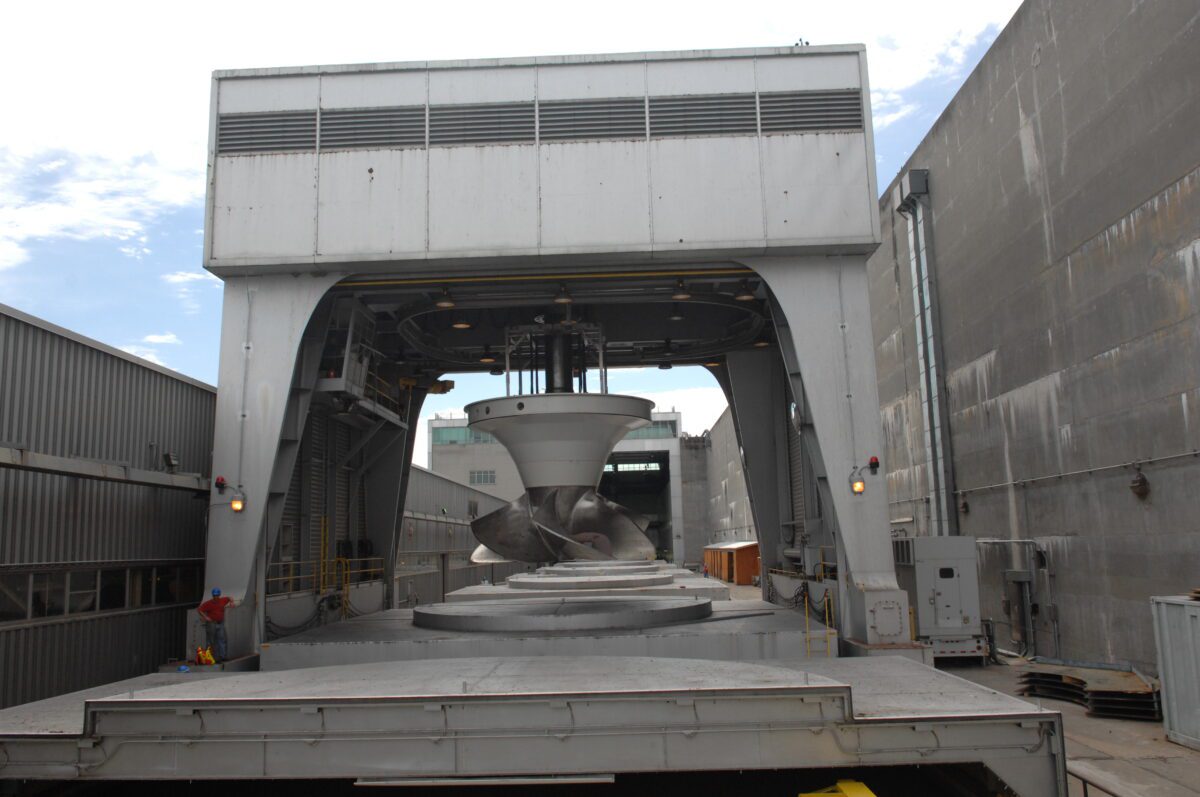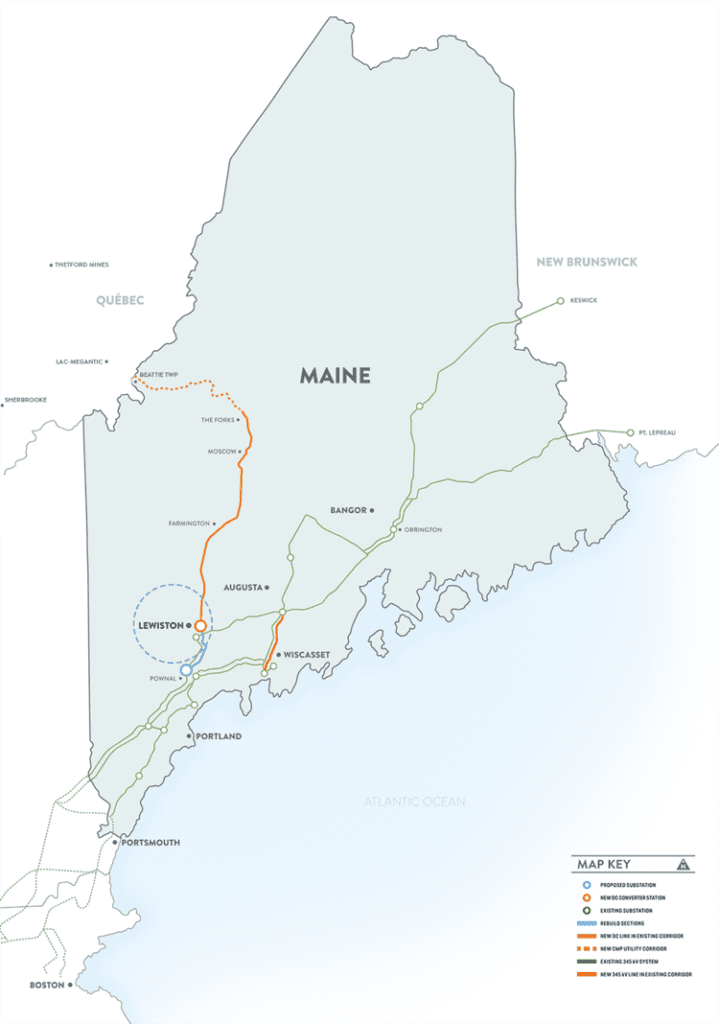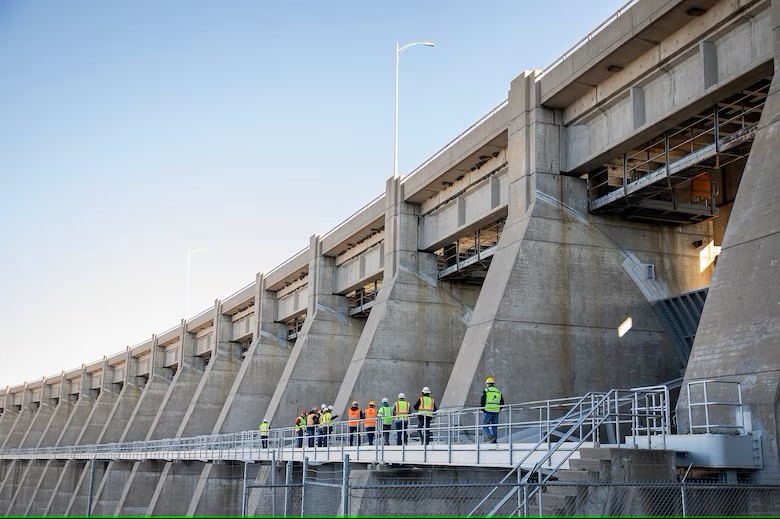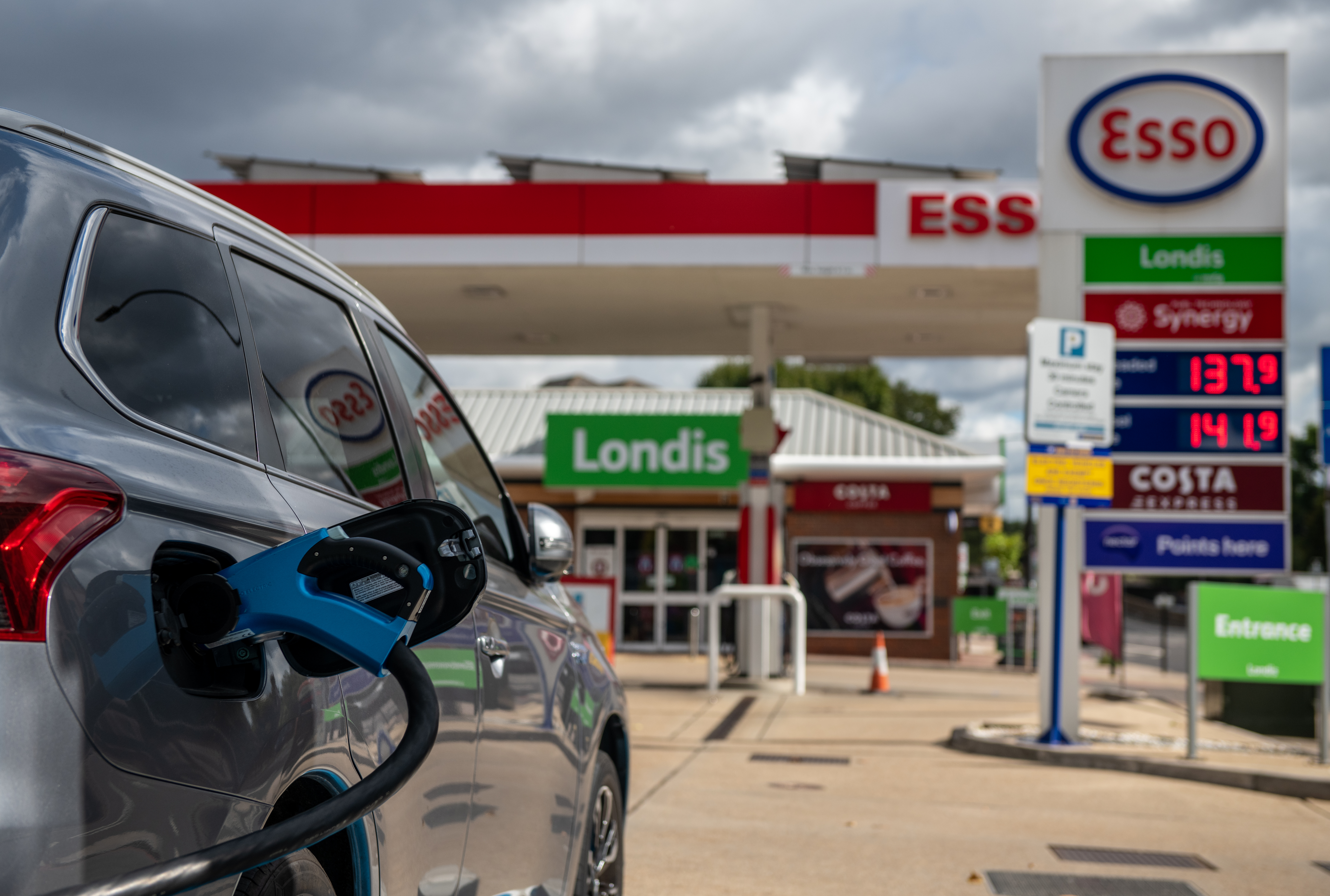 An electric car charges at a Motor Fuel Group station on Sept. 29, 2021 in London, England. Credit: Chris J Ratcliffe/Getty Images
An electric car charges at a Motor Fuel Group station on Sept. 29, 2021 in London, England. Credit: Chris J Ratcliffe/Getty ImagesThat growth rate, from the research firm Wood Mackenzie, is notable on its own. But it begs a question: What kinds of businesses will be hosting all of those fast chargers?
Will we be going to convenience stores like the kind that now sell gasoline? Or, will they be something new?
Before I go on, some basics:
There are three main levels of EV charging. Level 1 chargers can plug into an outlet in your house, and they may take a day or longer to charge an EV. Level 2 systems are an upgrade from a typical outlet, and they can charge an EV in a few hours; they can be installed at home with an outlet much like that of a clothes dryer, and also are common in public charging stations. Level 3 chargers, also called fast chargers, can do their work in the time it takes to eat lunch; they are mainly found in public stations like Tesla’s Supercharger network.
Most of the growth in public charging ports is going to be fast chargers, of which there are now about 30,000. Level 2 systems also will grow, but at a slower rate.
“Gas stations will exist, but will have a different kind of model,” said Amaiya Khardenavis, a Wood Mackenzie analyst.
And many of today’s gas stations will evolve into EV charging stations.
“Gas stations are prime real estate locations, so they are excellent candidates for installing charging infrastructure,” he said.
Nick Esch, a Wood Mackenzie analyst, described some of the competition taking place as companies try to secure the best locations.
“As EV charging networks are expanding their footprints, it’s important to realize this is not just a land grab, but a capacity grab,” he said.
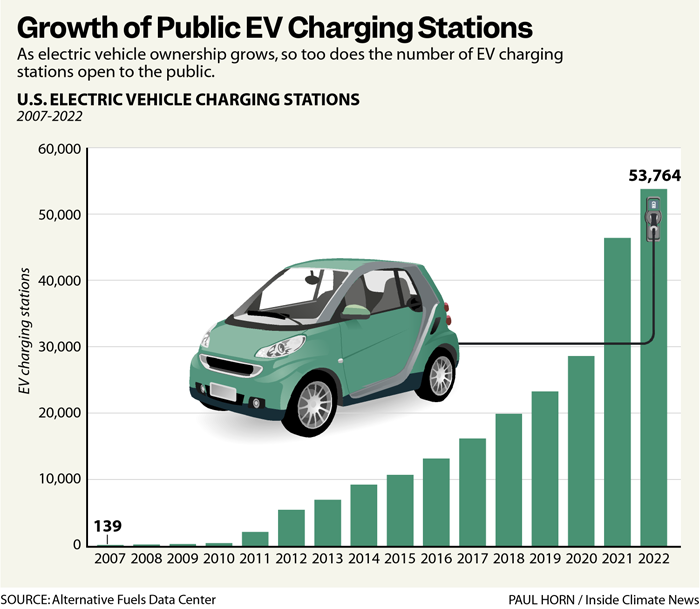
By that, he means that fast chargers require a lot of grid capacity. A charger developer needs to work with the local utility to reserve enough capacity to be able to operate a station. If another developer wants to set up a competing station across the street, they may need to pay for grid upgrades to be able to have enough capacity.
While charging stations may occupy some of the same land as today’s gas stations and have other similarities, I don’t want to minimize the scale of the change that will be taking place.
The availability of charging at home and work means that the customers at charging stations will be less of a general population, and more people with specific needs. The main two categories would be people on long trips and those who don’t have access to charging at home or work.
Charging stations that serve people on long trips will be located along highways and clustered with restaurants, much like the patterns of development for existing gas stations. One difference is that a fast charger takes 20 minutes to an hour to get a vehicle to about 80 percent charge, which is a lot longer than it takes to fill up a tank with gasoline. So customers will have some more time on their hands and it would make sense if we begin to see more mall-like travel centers to serve people who are making longer stops.
The needs would be different in cities, where a variety of businesses are looking at neighborhood-based options, including chargers alongside public streets, to serve people who don’t have garages. One example is FLO, a charging company building curbside stations in New York City.
Tesla dominates today’s market for public fast charging, with about 17,000 ports in the United States and Canada, many of which are located on the grounds of other businesses, including convenience stores. Right now, the ports can only be used by Tesla vehicles, but the company said in February that it will open the network for use by other brands by the end of 2024.
The second-largest operator of fast chargers is Electrify America, a Volkswagen subsidiary, which has about one-fifth as many ports as Tesla.
EVgo ranks third, but is poised for major growth. The California-based company announced a deal with General Motors last year and the companies are working together to expand a network of charging stations, including at Pilot and Flying J truck stops.
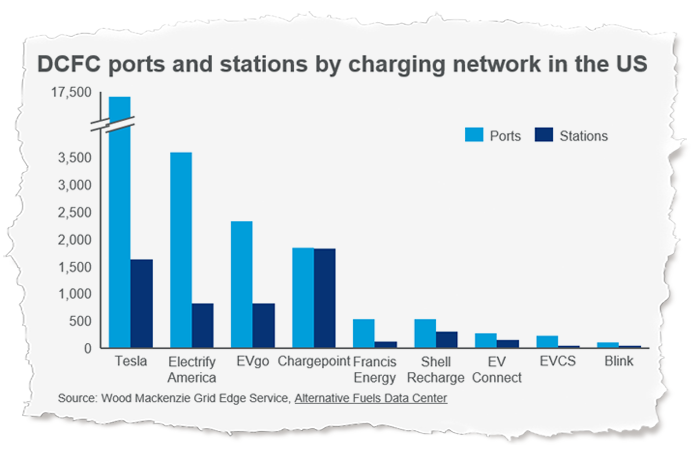
Tesla is far and away the leader in the number of public fast-charging ports and stations.
Meanwhile, convenience store companies are making investments in EV charging systems that they own and operate. Alimentation Couche-Tard Inc., the Canada-based owner of Circle K stores, said last year that it plans to add EV charging at 200 locations in North America. Texas-based 7-Eleven said this month that it is starting a charging station network to operate at its stores; the company didn’t give specifics on a timetable or how many locations would initially get the charging hardware.
The transition to EVs is a source of trepidation for the convenience store industry, which stands to lose revenue and customer traffic that it now gets from selling gasoline. But it’s also an opportunity for the businesses that can figure out how best to sell products to the people waiting for their vehicles to charge.
I spoke with Eva Strasburger, who is closely monitoring this shift. She is a Texas-based veteran of the convenience store industry who co-founded the Vision Group Network, an organization that holds meetings to discuss major issues facing the industry.
“There (used to be) a lot of concern about how to entertain people while they are waiting to charge,” she said. “Several years ago, the question was would we be putting in nail salons and meditation centers and coffee shops. The reality, when we look at what people are doing, is that people get out, get something to drink, go back to their car and then they’re on their phones to catch up on emails.”
Her group hosted an event in January in which convenience store corporate leaders talked about the changes that the transition to EVs will bring.
“Nobody’s predicting that (the transition to EVs) doesn’t happen,” said Doug Haugh, former president of Parkland USA, a convenience store chain, at the event. “Everybody’s just arguing about the schedule. So, the schedule matters, because whether it’s 20 or 30 years or 40 versus 10 makes a hell of a lot of difference for all of us.”
“What we have to figure out is, how can we replicate, at least to some degree, that same level of convenience and service that our services provide today?” he asked.
